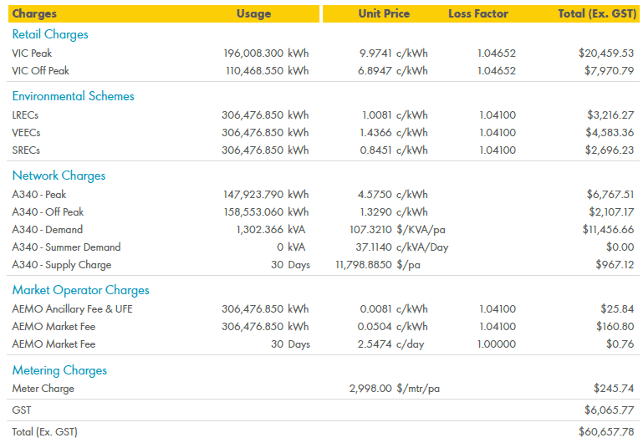There are dozens of electricity companies vying to sell you electricity, so the electricity market must be competitive – right?
Actually – it’s not.
The retailers want your business (of course), but the commercial and industrial industries show that retail electricity costs account for only about half the total electricity bill.
The other charges are made up of;
- network,
- environmental programs,
- and market operator charges.

While there are plenty of retailers competing to sell you electricity, there is only one network that connects to each property, so you are stuck with a monopoly supplier.
We hear a lot about monopoly and duopoly behaviour and supermarket and airlines costs, but less about the monopolised electricity networks.
Of course, electricity networks are ‘natural monopolies’; it would be impractical to have more than one network in an area. Until the 1990s, these natural monopolies were owned by governments, and so were ultimately accountable to the public for their performance and cost. Now, many are owned privately, including by foreign investors who answer to their shareholders first. It is not surprising that network charges have risen substantially in the last 30 years.
While you can haggle or tender retail electricity prices, network tariffs are non-negotiable.
The only ways to reduce electricity network charges, in order of effectiveness are:
- generate electricity on site,
- reduce total electricity use,
- reduce maximum electrical demand *.
For most electricity users, generating their own electricity will be limited to solar PV, but for industrial sites with waste heat ( > 700°C), biomass or biogas, it’s possible (and cost-effective) to generate renewable electricity using Capricorn Power’s heat-to-electricity generator – the Barton Heat Engine.
*depending on the network tariff structure

